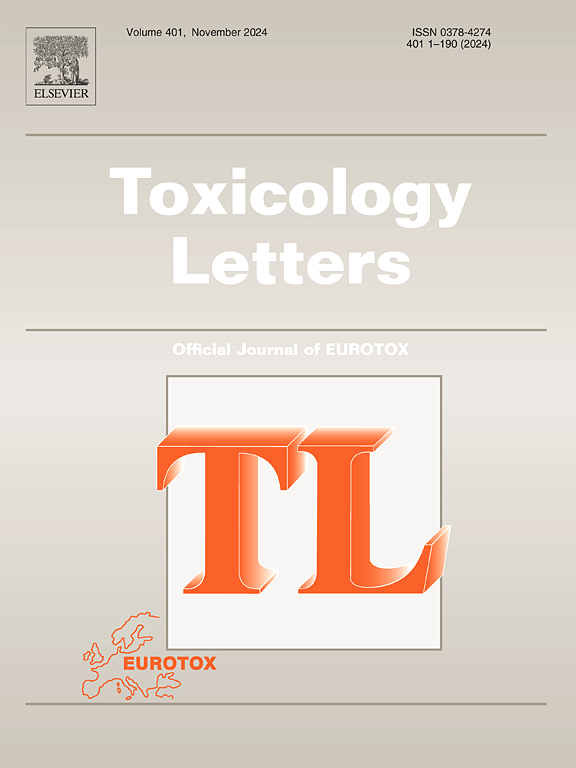Using explainable machine learning to predict the irritation and corrosivity of chemicals on eyes and skin
IF 2.9
3区 医学
Q2 TOXICOLOGY
引用次数: 0
Abstract
Contact with specific chemicals often results in corrosive and irritative responses in the eyes and skin, playing a pivotal role in assessing the potential hazards of personal care products, cosmetics, and industrial chemicals to human health. While traditional animal testing can provide valuable information, its high costs, ethical controversies, and significant demand for animals limit its extensive use, particularly during preliminary screening stages. To address these issues, we adopted a computational modeling approach, integrating 3316 experimental data points on eye irritation and 3080 data points on skin irritation, to develop various machine learning and deep learning models. Under the evaluation of the external validation set, the best-performing models for the two tasks achieved balanced accuracies (BAC) of 73.0 % and 75.1 %, respectively. Furthermore, interpretability analyses were conducted at the dataset level, molecular level, and atomic level to provide insights into the prediction outcomes. Analysis of substructure frequencies identified structural alert fragments within the datasets. This information serves as a reference for identifying potentially irritating chemicals. Additionally, a user-friendly visualization interface was developed, enabling non-specialists to easily predict eye and skin irritation potential. In summary, our study provides a new avenue for the assessment of irritancy potential in chemicals used in pesticides, cosmetics, and ophthalmic drugs.
使用可解释的机器学习来预测化学物质对眼睛和皮肤的刺激性和腐蚀性
与特定化学品的接触通常会导致眼睛和皮肤的腐蚀和刺激反应,在评估个人护理产品、化妆品和工业化学品对人体健康的潜在危害方面起着关键作用。虽然传统的动物试验可以提供有价值的信息,但其高昂的成本、伦理争议和对动物的大量需求限制了其广泛使用,特别是在初步筛选阶段。为了解决这些问题,我们采用了计算建模的方法,整合了3316个眼睛刺激实验数据点和3080个皮肤刺激数据点,开发了各种机器学习和深度学习模型。在外部验证集的评价下,两个任务的最佳模型的平衡准确率(BAC)分别为73.0 %和75.1 %。此外,在数据集水平、分子水平和原子水平上进行了可解释性分析,以提供对预测结果的见解。对子结构频率的分析确定了数据集中的结构警报片段。这些信息可作为识别潜在刺激性化学物质的参考。此外,还开发了一个用户友好的可视化界面,使非专业人员能够轻松预测眼睛和皮肤的刺激潜力。总之,我们的研究为农药、化妆品和眼科药物中使用的化学物质的潜在刺激性评估提供了新的途径。
本文章由计算机程序翻译,如有差异,请以英文原文为准。
求助全文
约1分钟内获得全文
求助全文
来源期刊

Toxicology letters
医学-毒理学
CiteScore
7.10
自引率
2.90%
发文量
897
审稿时长
33 days
期刊介绍:
An international journal for the rapid publication of novel reports on a range of aspects of toxicology, especially mechanisms of toxicity.
 求助内容:
求助内容: 应助结果提醒方式:
应助结果提醒方式:


